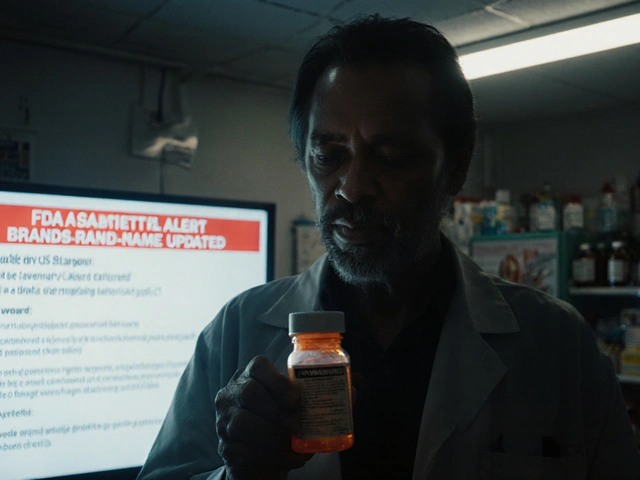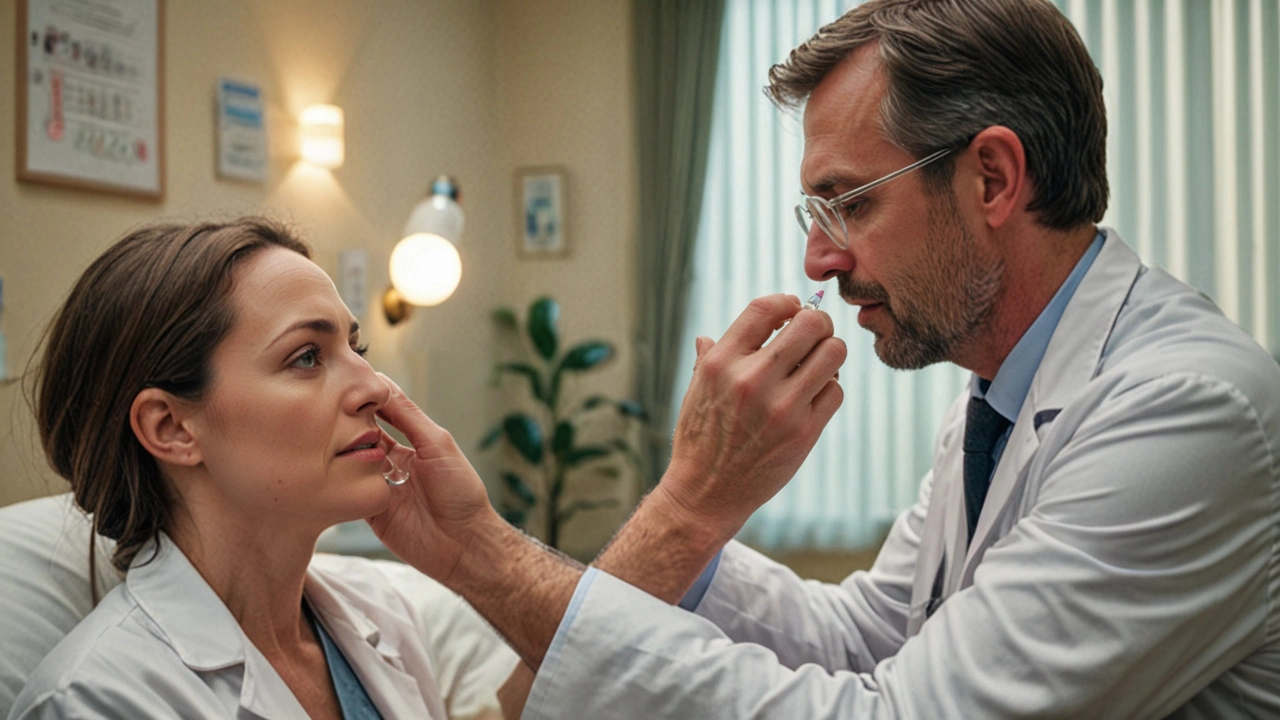Ocular Oncology: What You Need to Know About Eye Cancer
If you’ve ever heard the term “ocular oncology” and wondered what it really means, you’re not alone. It’s simply the study and treatment of cancers that develop in or around the eye. Because our eyes are so delicate, spotting a problem early can make a huge difference in outcomes.
Common Eye Cancers You Should Know
The two most frequent malignant tumors in the eye are uveal melanoma and retinoblastoma. Uveal melanoma typically shows up in adults and originates in the pigmented layer of the eye called the uvea. Look out for new spots, changes in vision, or a feeling of pressure inside the eye.
Retinoblastoma, on the other hand, mostly affects children under five. Parents often notice a white glow in the pupil—sometimes called a “cat’s eye” reflex—or an unusual bump on the eye surface. Early detection is critical; treatment success rates are high when the disease is caught early.
Other less common tumors include ocular lymphomas, conjunctival squamous cell carcinoma, and sebaceous gland carcinoma of the eyelid. While each has its own quirks, they all share warning signs like persistent redness, swelling, unexplained pain, or vision changes that don’t improve.
How to Get the Right Care
The first step is a thorough eye exam with an ophthalmologist who specializes in oncology. They’ll use tools such as slit‑lamp microscopy, ultrasound, and sometimes MRI or CT scans to map the tumor’s size and location. Based on those results, they’ll recommend a treatment plan that could include laser therapy, radiation, cryotherapy, or surgery.
Many patients wonder whether chemotherapy is needed for eye cancers. In most cases, targeted radiation or local treatments are enough, but systemic chemotherapy may be used when the cancer has spread beyond the eye. Your doctor will explain the risks and benefits in plain language so you can decide what feels right.
Don’t forget to ask about clinical trials. Research centers often run studies on new drugs or advanced radiation techniques that aren’t widely available yet. Participating can give you access to cutting‑edge care while helping future patients.
Living with an eye tumor can feel overwhelming, but you don’t have to face it alone. Viamedic.com curates up‑to‑date articles on ocular oncology, from symptom checklists to post‑treatment follow‑up tips. Browse our tag page for practical guides written in everyday language, and stay informed about the latest advances.
Bottom line: keep an eye out—literally—for any changes in your vision or eye appearance, get checked promptly, and lean on trusted resources like Viamedic to navigate treatment options. Early action, solid information, and a good medical team are the three pillars that give you the best shot at preserving sight and health.
The Role of Loteprednol in Treating Ocular Cancer: A Detailed Analysis
This comprehensive article examines the use of Loteprednol in ocular oncology, shedding light on its benefits, applications, and potential side effects. The review includes insights into common uses, safety measures, and patient experiences. Explore how this medication can be integrated into treating eye cancers effectively.
About
Health and Medicine
Latest Posts


Genetic Factors in Statin Tolerance: How Pharmacogenomics Testing Can Help You Stay on Your Medication
By Orion Kingsworth Oct 27, 2025

Mirtazapine and Weight Gain: What You Need to Know About This Common Side Effect
By Orion Kingsworth Dec 18, 2025

Generic Prescribing Incentives: How States Are Cutting Drug Costs by Rewarding Generic Use
By Orion Kingsworth Nov 10, 2025

